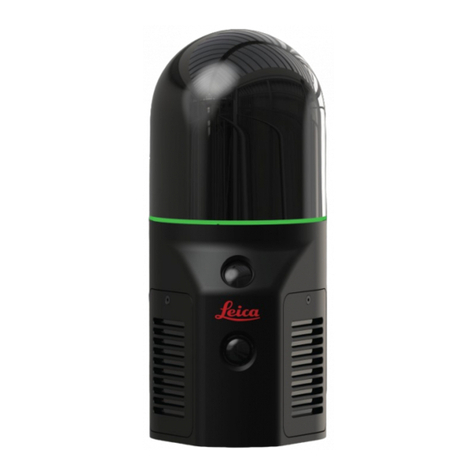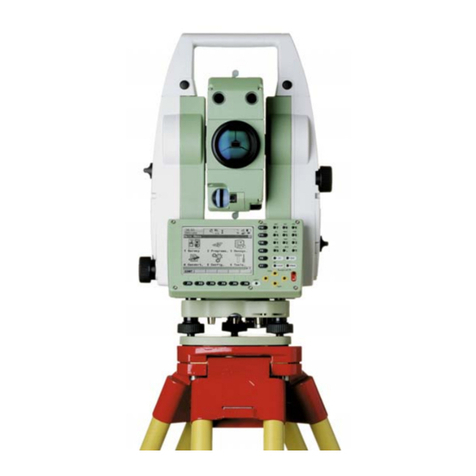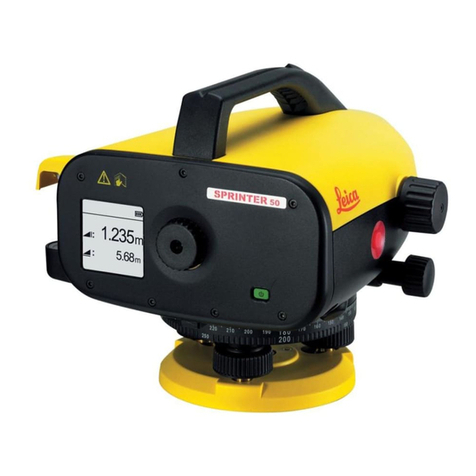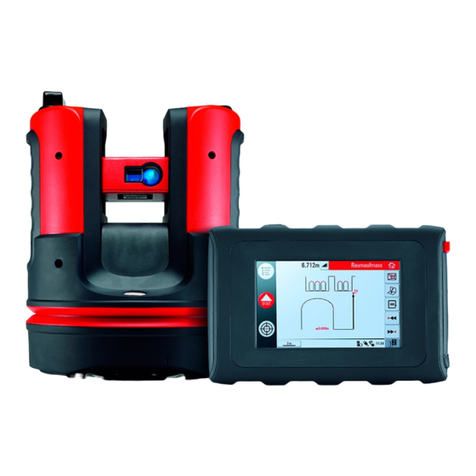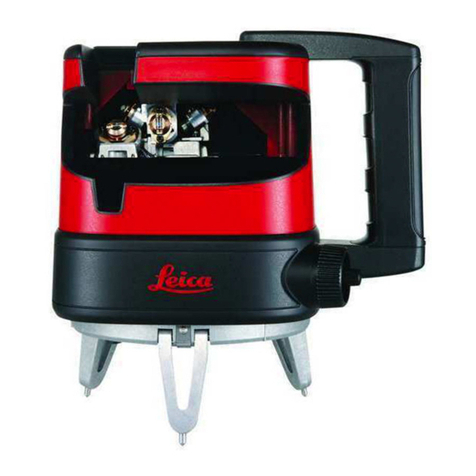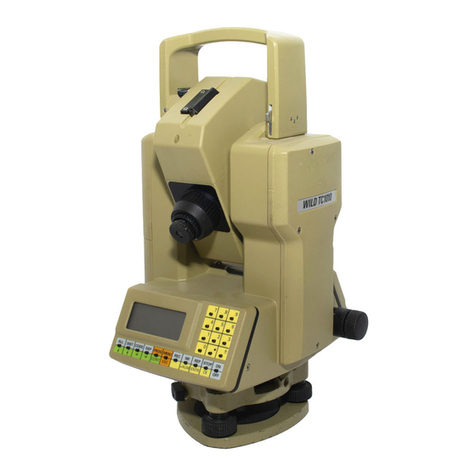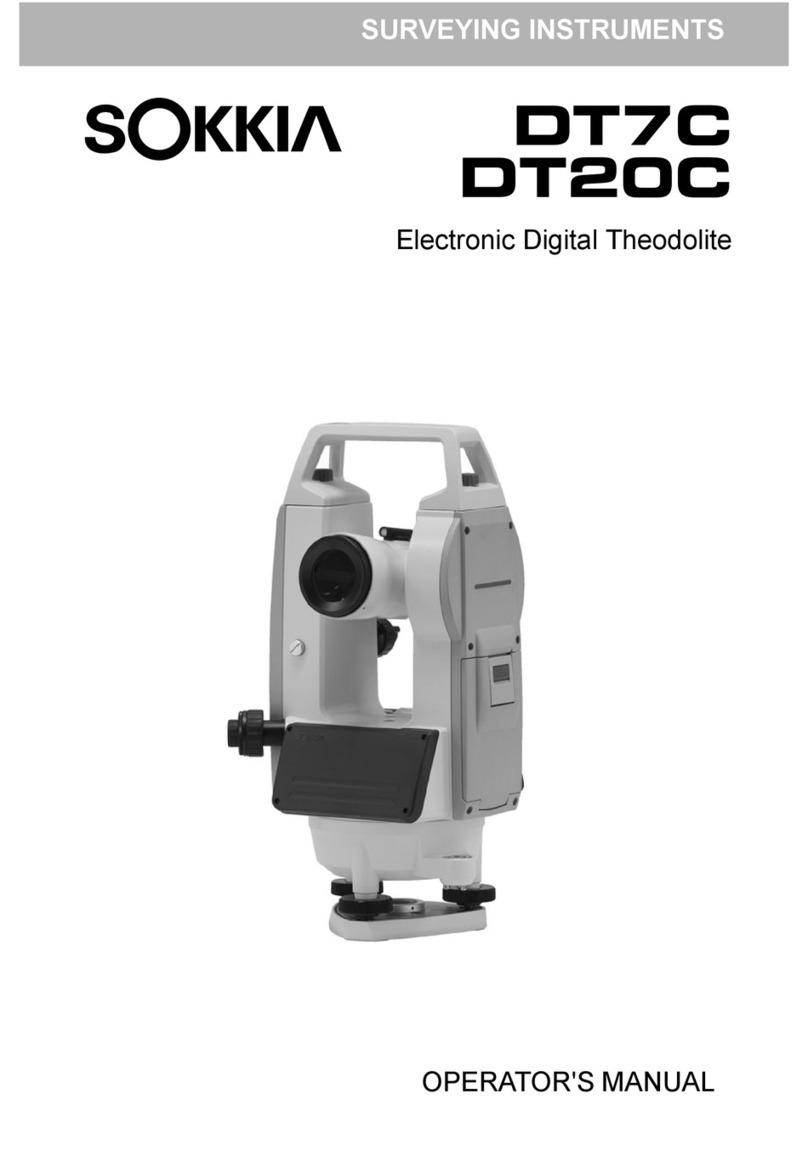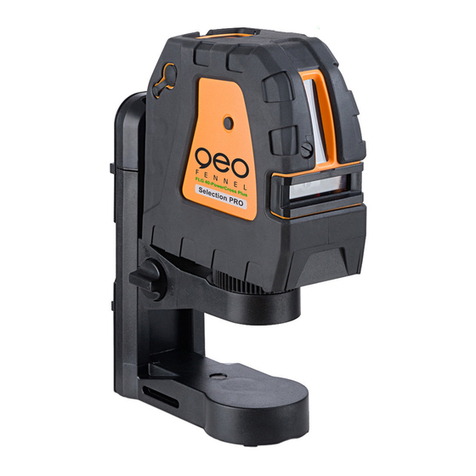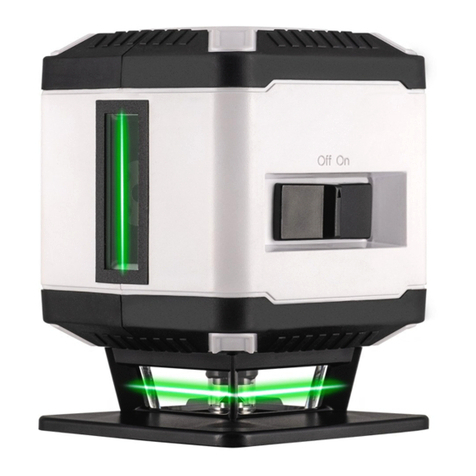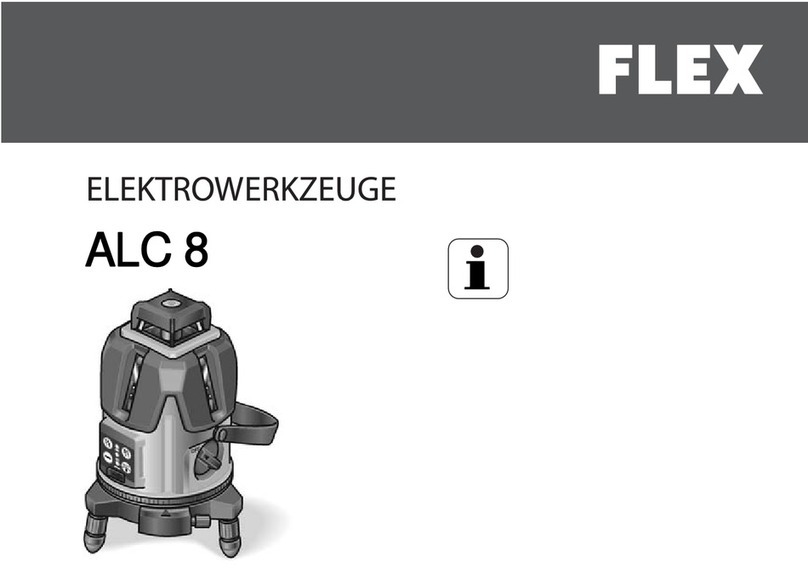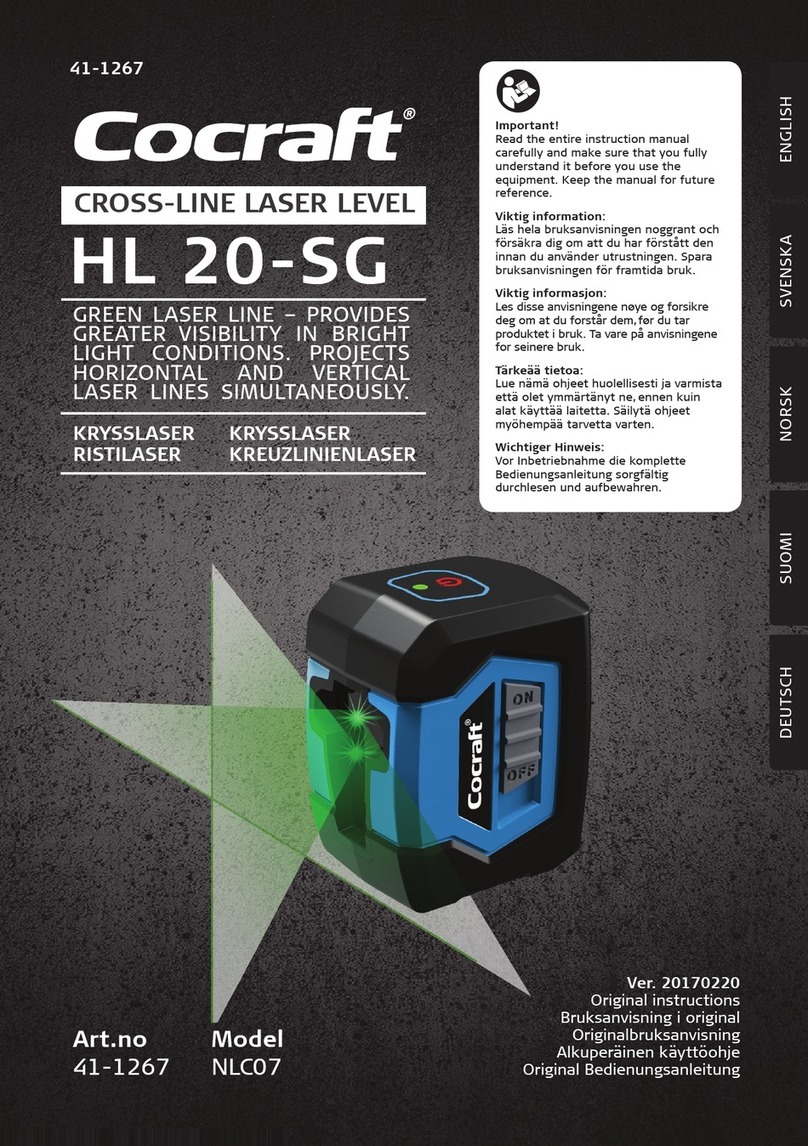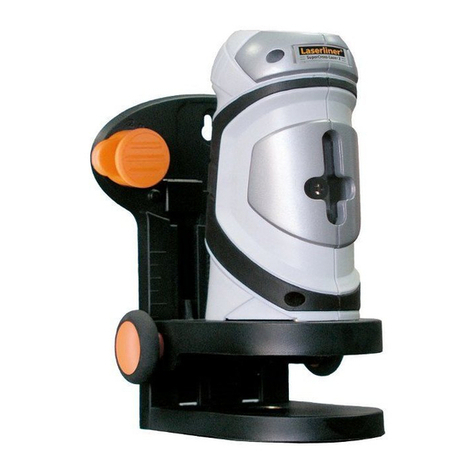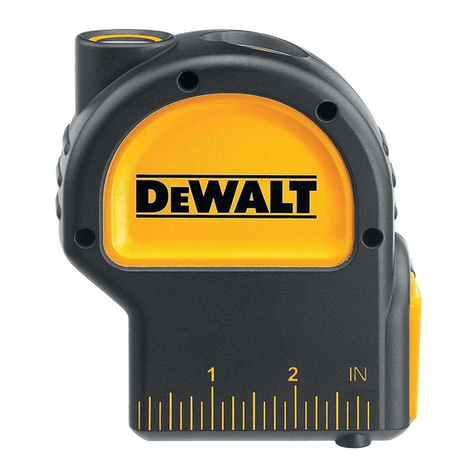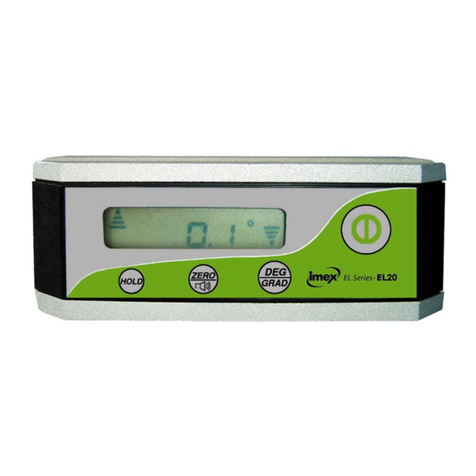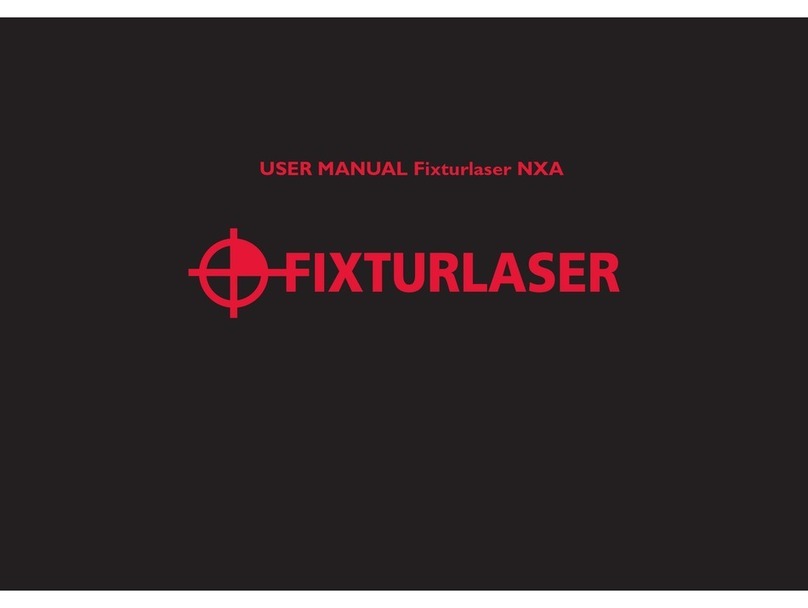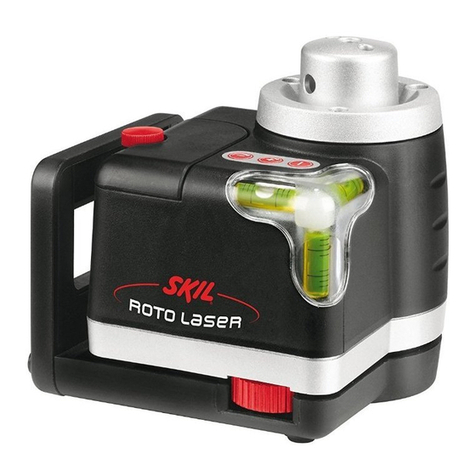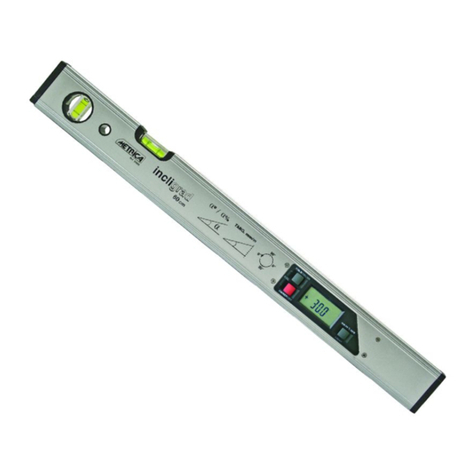3Rugby 300 SG 1.1.0en
Table of Contents
Introduction.................................. 4
Features and Functions ............ 5
Operation ...................................... 6
Entering Grade .............................. 6
Direct Grade Entry....................... 6
Grade Entry by Digit .................... 6
Grade Zero .................................. 6
Grade Capability.......................... 6
Grade Swap................................. 7
Grade Matching ........................... 7
Identification of the Axes................ 8
Slope - Percent of Grade ............... 8
Alignment of the Axes.................... 8
Precise Alignment of the Axes....... 9
Setup............................................ 10
General Setup.............................. 10
Location ..................................... 10
Recommended Head Speeds ... 10
Tripod Setup .............................. 10
Setup Options .............................. 11
Head Speeds............................. 12
H.I. (Height of Instrument) ......... 12
Automatic and Manual Mode:.... 12
Manual Mode with Grade .......... 13
Wind Sensitivity ......................... 13
Beam Masking........................... 13
Additional Setup Options ............. 14
Checking Level Accuracy....... 15
Checking Level Accuracy ............ 15
Checking the X-Axis .................. 15
Checking the Y-Axis .................. 15
Adjusting Level Accuracy............. 16
To Enter Adjustment Mode........ 16
X-Axis Accuracy Adjustment ..... 16
Y-Axis Accuracy Adjustment ..... 16
Accessories ............................... 17
Batteries....................................... 17
The Sighting Scope ..................... 18
Troubleshooting........................ 19
Display Screen Explanations ....... 19
Troubleshooting Suggestions ...... 20
Care and Transport .................. 21
Transport ..................................... 21
Storage ........................................ 21
Cleaning and Drying .................... 22
Safety Directions ...................... 23
General........................................ 23
Intended Use ............................... 23
Permitted use ............................ 23
Adverse use............................... 23
Limits of Use ................................ 24
Responsibilities............................ 24
Warranty ...................................... 24
Hazards of Use ............................ 24
Laser classification ...................... 26
Labeling ....................................... 27
Electromagnetic Compatibility
(EMC) .......................................... 28
Description................................. 28
FCC Statement, Applicable in
U.S............................................... 29
Labeling Rugby 300 SG ............. 30
Technical Data........................... 31
